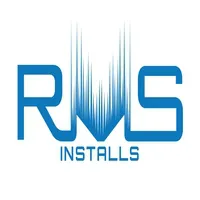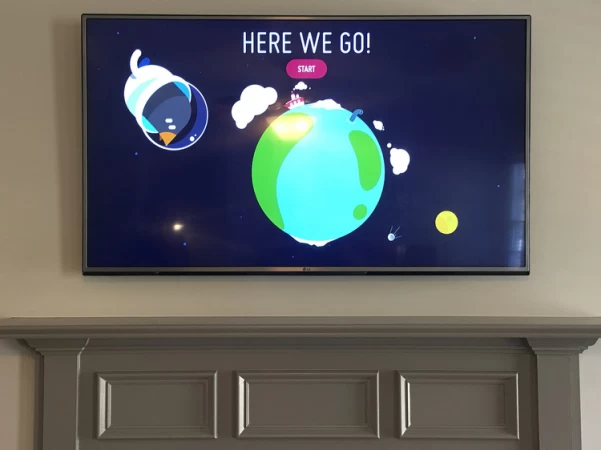If you’ve ever been to a sporting event or concert, you’ve undoubtedly enjoyed watching an instant replay on the big screen. You’ve probably wondered how exactly they make those things. Great question. It is because they are engineered to be so massive. Jumbotrons are not just super-sized versions of the kind of TV you would find at the local Walmart. They are in fact built quite differently than regular TVs. Speaking of TVs, RMS Installs in Atlanta GA may provide you with the best TV mount installation and TV services in town.
How are Jumbotrons different from regular TVs and monitors - other than being larger?
So early Jumbotrons from the 1980s used Cathode Ray Tubes or CRTs similar to what you’d find in old-school home televisions. But unlike normal TVs which used only one CRT, these Jumbotrons had many of them. With each one only being responsible for a handful of pixels instead of the thousands of pixels that were produced by standard TVs at the time. This meant that early on, even large Jumbotrons had pitifully low resolution. In fact one early Jumbotron model with a diagonal size of 30ft, had a resolution of 240x192 pixels. That’s well below even a VHS tape. Not to mention it was extremely heavy and thick. It made mounting on the arena very difficult.
Now one intermediary solution was to use plasma displays. But they too had issues with weight and were prohibitively expensive. Now in hindsight the solution to all of these problems seems pretty obvious, doesn’t it?
Why don’t you we lightweight cost effective LEDs?
LEDs were much more complicated to manufacture back in the day due to complexities with their required chemicals. Now today those problems are mostly solved and most Jumbotrons work exactly by sing the same principle. So they’ll have one LED module per pixel with each module containing proprietary wiring. Then a number of red, blue and green LEDs along with a certain amount of video processing hardware.
Now some screen use throughhole LEDs with reflector cups. This makes them brighter and helps them deflect sunlight for outdoor and long distance application. Others use surface-mounted LEDs without the reflector cups giving them better viewing angles for places that don’t have to contend with the sun. Like indoor arenas for instance. These modules can be several centimeters across for larger screens. This means that at typical HD resolution, modern Jumbotron actually end up being really big which they can get away with. It’s because most of the viewers will be sitting far enough away from the screen for the picture to still look pretty sharp.
Many venues are interested in upgrading their Jumbotrons to HDR vs 4K. That is because typical viewing distance, greater contrast and dynamic range is believed to make the bigger difference. Talking about size, the largest indoor Jumbotron covers nearly 65000 sq. ft. which can be found In Atlanta GA. Being huge and modular isn’t the only ways that Jumbotrons are different from smaller screens. They are also driven differently from an entire control room that has to have equipment powerful. Also be flexible enough to change what’s on the screen quickly and accurately, depending on the displays aspect ratio.
To Sum It All...
Hence all the buttons you see on typical Jumbotron control board, this enables the right camera feed or visual effect to be displayed at the right time. Also because Jumbotrons have to be visible from far away, their brightness goes far beyond what you’d see on regular display. Even though modern LED based Jumbotrons are much more power efficient than 80s and 90s tech. The screens are still notorious power hogs due to their sheer size.
For the most reliable TV mount and TV installationin town, feel free to contact RMS Installs Atlanta GA. For more information, visit our website.



